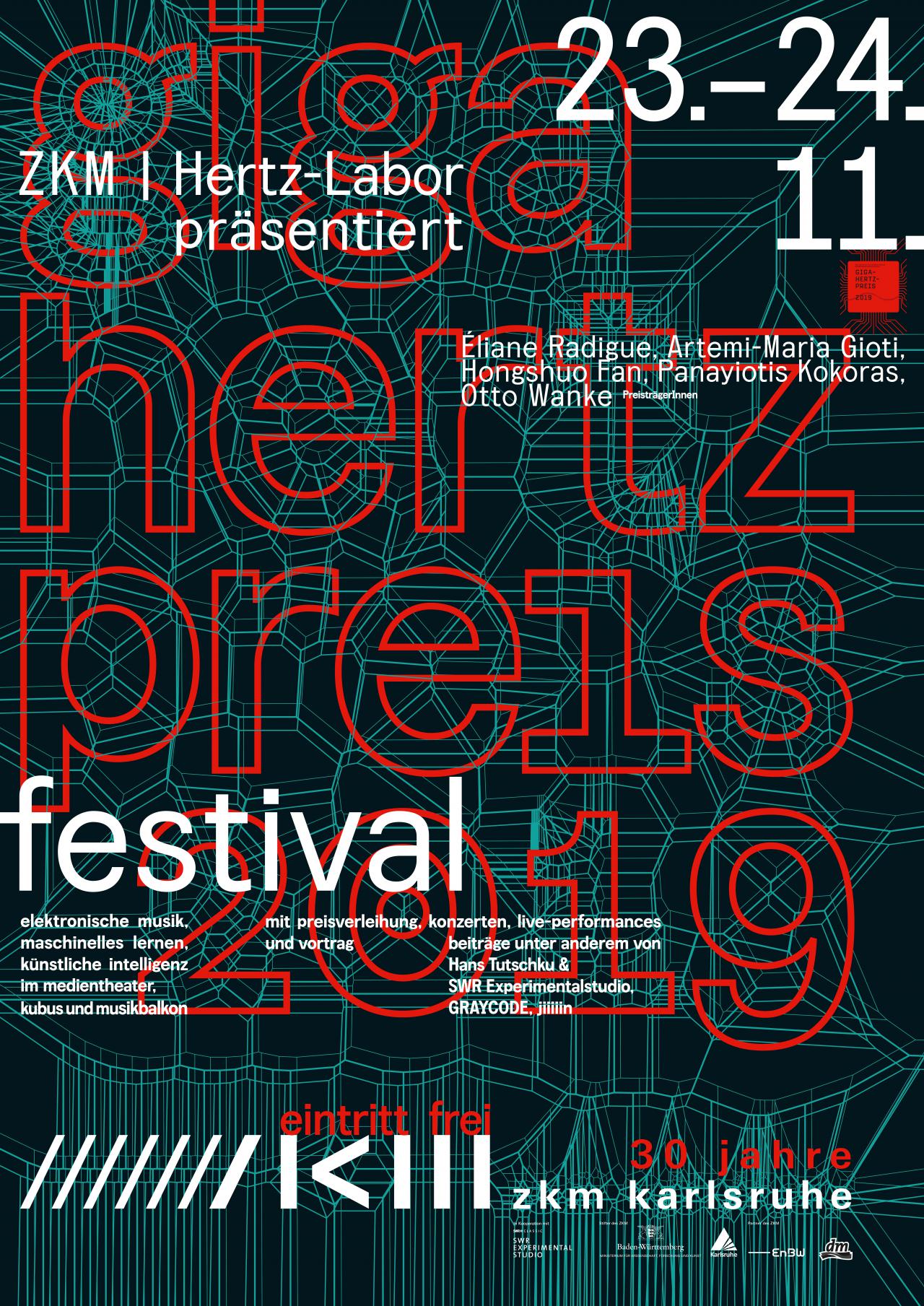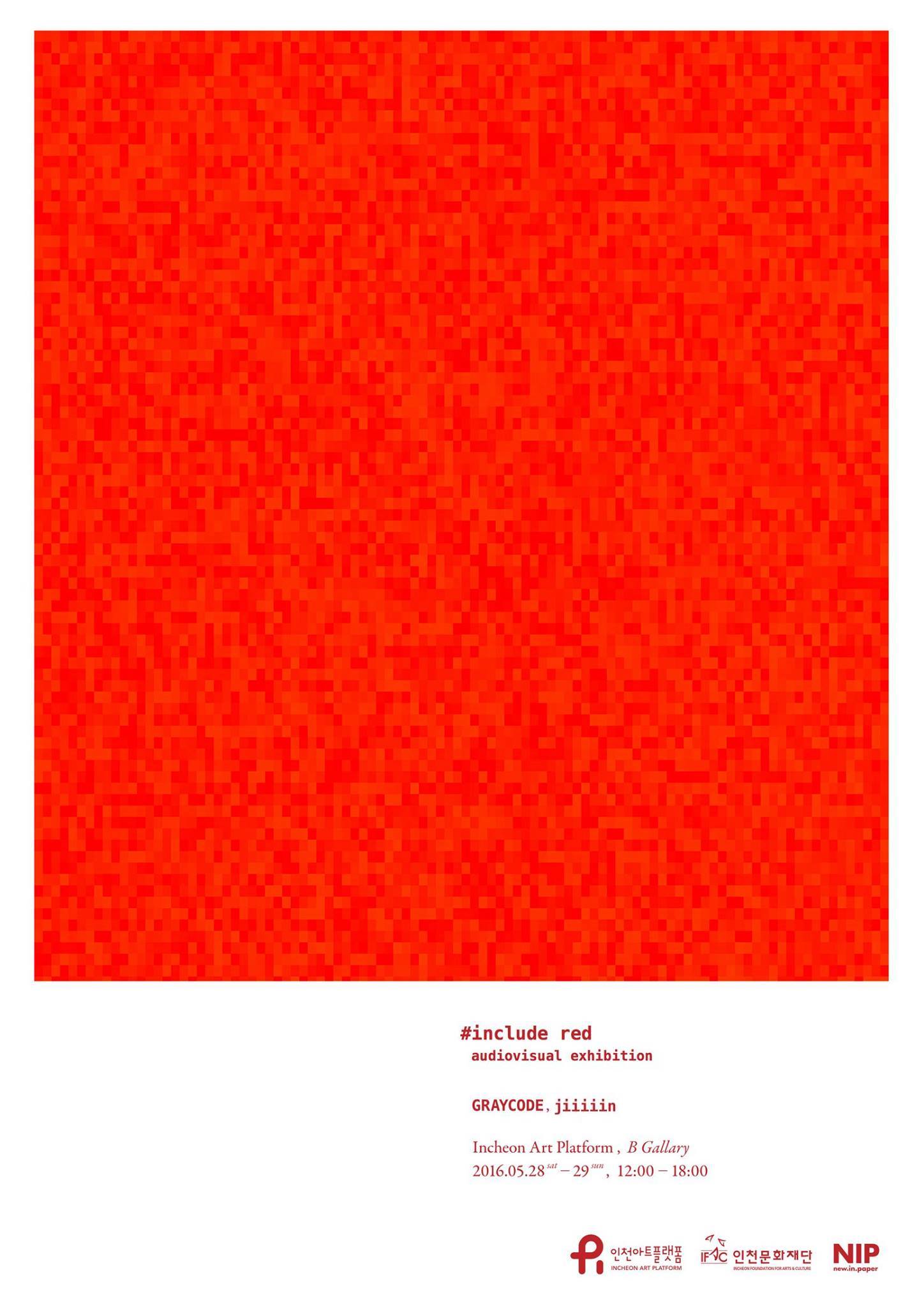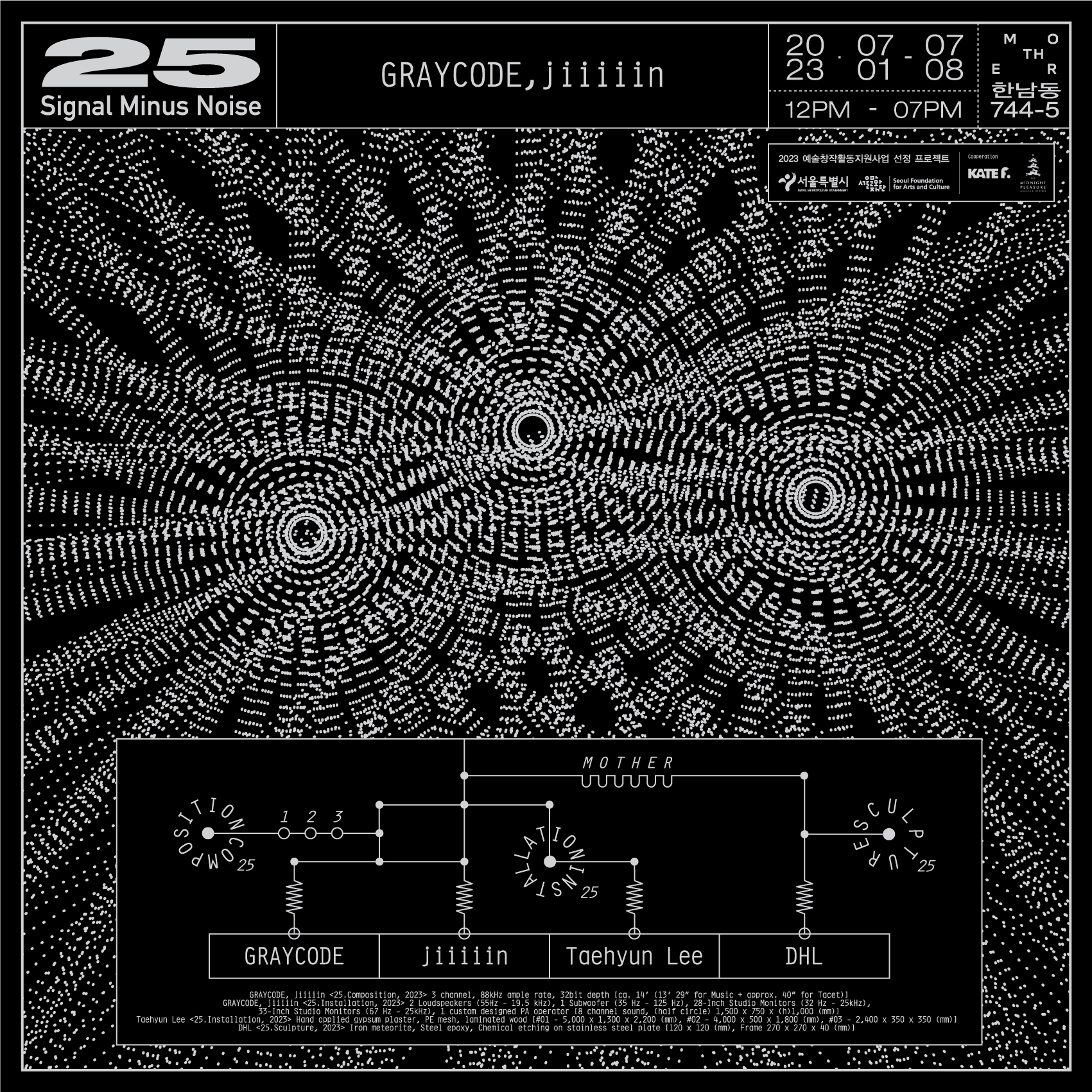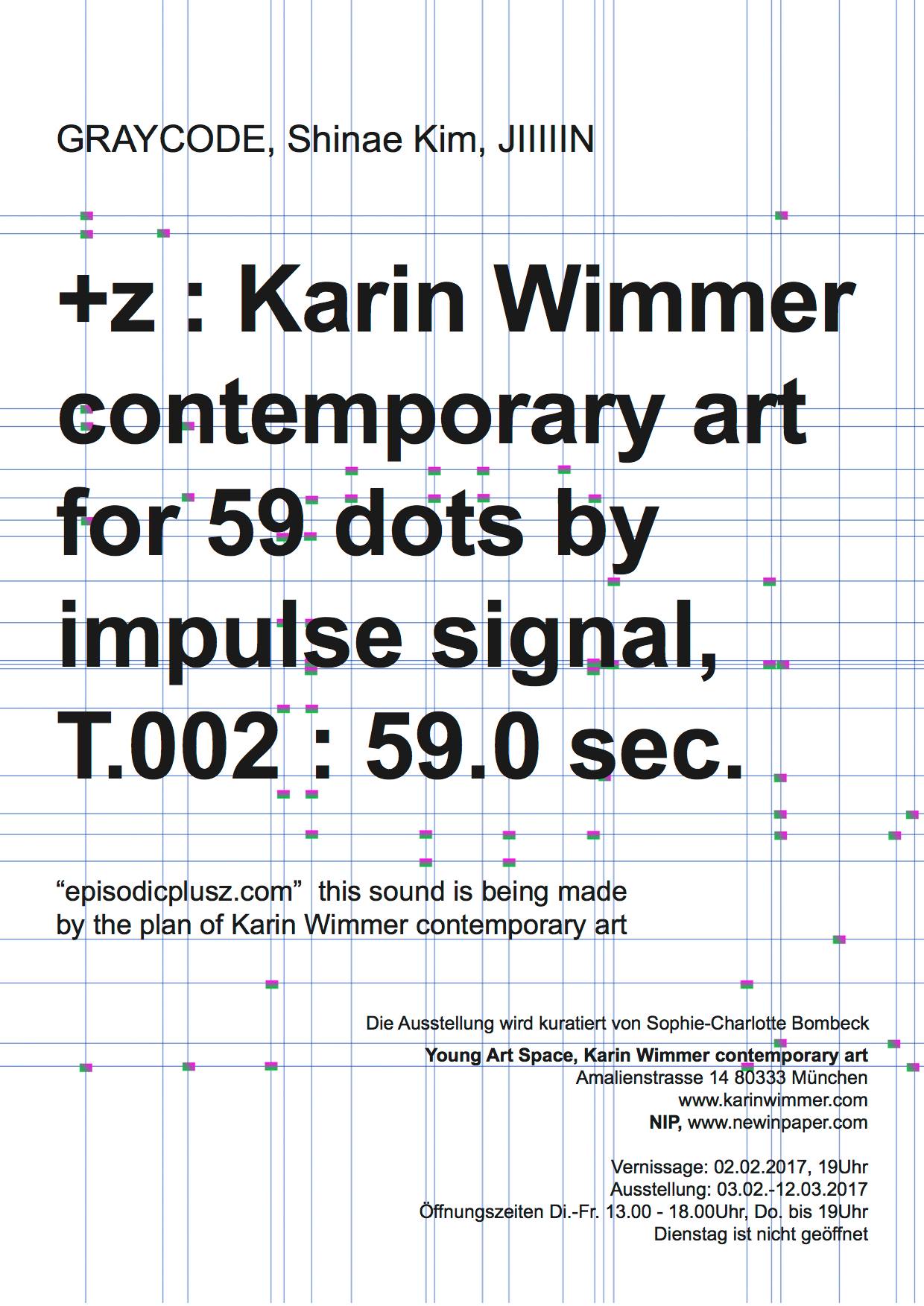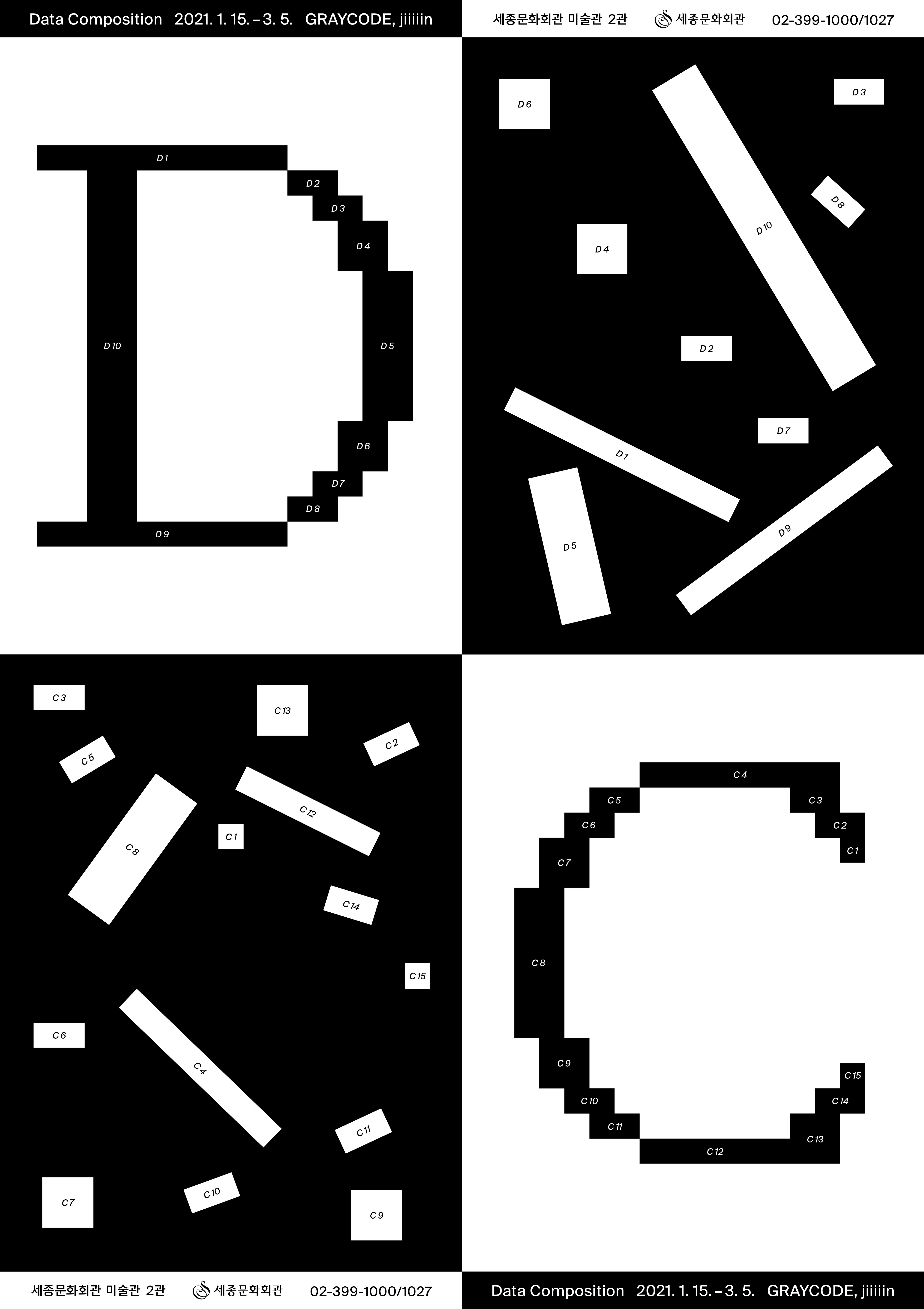an artistic attempt to blur the lines between past, present, and future
Kahee Jeong
The subjective experience of time in humans is liable to a series of perceptual distortions. These distortions do not only affect the temporal microscale of perceived events (e.g. the ‘stopped clock’ illusion), but may influence the overall concept of a human life continuum. Indeed, events with significant emotional impact are not only misjudged in their duration (e.g. as in the extreme case of “life flashing before one’s own eyes” during a near death experience), but the content and sequence of stored memories may be altered. However, even though time perception is subject to neurocognitive fallacies, there is one fundamental inescapable truth for all humans: we are all aware that our lives are finite. It is this knowledge that Blaise Pascal alluded to in speaking about the “grief and despair of the human condition” and indeed what distinguishes humans from other living organisms. The fact that humans live and experience the world on a limited timescale creates a fundamental experiential tension and facilitates our rather paradoxical relationship to time: we simultaneously want to conquer it and escape it. But what do we really understand about time? Saint Augustine stated that he knew what time was if no one asked, but if anybody did ask, he was not able to explain it.
The complexity of the concept of time was already portrayed early on in Greek mythology with reference to different gods, namely Chronos, Kairos, and Aeon. Each of them had a powerful hand in shaping the experience of time. Chronos was the personification of time that could be measured, flowing from past to present and future, in other words, linear time. Kairos, the youngest son of Zeus, deviated from the power and inertia of Chronos’ time and represented a moment, an event, or a personal experience that was remembered for a lifetime. Aeon, who had the face of a lion, had a strong relationship with Kairos; as it describes time in which it is unclear whether an event had already occurred or would occur in the future – a symbol of eternal circulation. In concrete human experience, they appear to be co-present, overlapping, and interwoven together. The exhibition, Data Composition, by GRAYCODE and jiiiiin, is about the complexity of the concept of time and an effort to render its non-linearity audiovisually, in an attempt to escape from its confines.
The complexity of the concept of time was already portrayed early on in Greek mythology with reference to different gods, namely Chronos, Kairos, and Aeon. Each of them had a powerful hand in shaping the experience of time. Chronos was the personification of time that could be measured, flowing from past to present and future, in other words, linear time. Kairos, the youngest son of Zeus, deviated from the power and inertia of Chronos’ time and represented a moment, an event, or a personal experience that was remembered for a lifetime. Aeon, who had the face of a lion, had a strong relationship with Kairos; as it describes time in which it is unclear whether an event had already occurred or would occur in the future – a symbol of eternal circulation. In concrete human experience, they appear to be co-present, overlapping, and interwoven together. The exhibition, Data Composition, by GRAYCODE and jiiiiin, is about the complexity of the concept of time and an effort to render its non-linearity audiovisually, in an attempt to escape from its confines.
Artist duo GRAYCODE and jiiiiin are Seoul-based electronic music composers and sound-media artists. Their artistic practice is to both visualize and more importantly to create sonic landscapes reflecting the multifaceted notion of time. Specifically, for this upcoming project, the duo aims to create a tripartite project consisting of an exhibition, a website, and a sound album. One of the strategies to present their own understanding of time in this exhibition is to repeatedly play fragments of sounds in different cycles for the left and right channels, which will generate many vibrations, and to simultaneously project large-scale abstract black-and-white moving images, simulating an opening of another dimension. Viewers could achieve bodily and sensory experiences of time while exploring the structure of the show carefully constructed by the artists. Visitors to their website will encounter rather cryptic-looking visual information and eventually, through data scavenged from their online participation (e.g. individual login time in website, duration of content viewing), and be utilized as information sources for GRAYCODE and jiiiin’s Data Composition sound album, which will be produced after the 50 day-long exhibition.
Many modern philosophers criticize the traditional concept of time, but never completely disregard time itself. Most never deny the idea of time and they do not believe that they can change chronology itself. Indeed, the possibility of manipulating physical time at will or mixing up the past and future time sequences have yet to be scientifically verified. This knowledge, then, begs the question: how exactly do GRAYCODE and jiiiiin achieve a universe without time? Are not sounds, moving images, and data some of the most time-dependent elements? The human brain anticipates the future depending on environments and experiences, and continuously improves its own predictions over time. We can even readily find a current, real-life example in global service companies using algorithms to scavenge online data for faster service and more accurate predictions In fact, the data collected through their website for Data Composition would not be utilized to create prediction models, but instead, to provide a specific experience of the convoluted nature of time. The title of the main piece in the exhibition, on illusion of time, highlights their approach. Humans are prone to illusions, and fortunately so. Otherwise, how would it be possible to endure the slow disappearance of ourselves, little by little, due to the relentless passage of time?
Many modern philosophers criticize the traditional concept of time, but never completely disregard time itself. Most never deny the idea of time and they do not believe that they can change chronology itself. Indeed, the possibility of manipulating physical time at will or mixing up the past and future time sequences have yet to be scientifically verified. This knowledge, then, begs the question: how exactly do GRAYCODE and jiiiiin achieve a universe without time? Are not sounds, moving images, and data some of the most time-dependent elements? The human brain anticipates the future depending on environments and experiences, and continuously improves its own predictions over time. We can even readily find a current, real-life example in global service companies using algorithms to scavenge online data for faster service and more accurate predictions In fact, the data collected through their website for Data Composition would not be utilized to create prediction models, but instead, to provide a specific experience of the convoluted nature of time. The title of the main piece in the exhibition, on illusion of time, highlights their approach. Humans are prone to illusions, and fortunately so. Otherwise, how would it be possible to endure the slow disappearance of ourselves, little by little, due to the relentless passage of time?
과거, 현재, 미래의 경계를 허물기 위한 예술적 시도
정가희
시간에 대한 인간의 주관적인 경험은 지각의 왜곡을 통해 이루어진다. 이러한 왜곡은 시계의 초침을 바라본 순간 느려지는 듯 보이는 멈춘 시계의 착각(stopped-clock illusion)처럼 한시적이며 미소한 사건들의 지각을 좌우할 뿐 아니라, 인간의 삶이 연속성을 지닌다는 생각에까지 영향을 미칠 수 있다. 실제로, 지대한 감정적 영향을 끼치는 사건은 죽음의 위기를 맞았을 때 스쳐 가는 주마등처럼 그 기간이 완전히 다르게 지각될 수 있으며, 나아가 저장된 기억의 내용과 선후 또한 달라질 수 있다. 이처럼 시간에 대한 지각이 신경 인지적 착오의 영향 하에 있음에도 불구하고, 모든 인간에게 해당하는 단 하나의 근본적이며 필연적인 사실은, 우리는 모두 삶에 끝이 있음을 알고 있다는 것이다. 이러한 인지가 바로 과학자이자 철학자인 블레즈 파스칼(Blaise Pascal)이 ‘슬프고 비참한 인간의 상태’를 다루며 언급한 개념이자, 인간과 다른 생명체를 구분하는 중요한 조건이다. 인간이 한정된 시간을 전제로 세상을 살아감에 따라 근본적이며 경험적인 긴장 상태가 발생하며, 시간을 정복하려는 동시에 시간에서 벗어나려 하는 인간과 시간 사이의 다소 모순적인 관계 또한 형성된다. 그러나 우리는 과연 시간에 대해 얼마나 이해하고 있을까? 성 아우구스티누스에 의하면, 시간에 대해 아무도 묻는 이가 없으면 아는 듯하다가도 막상 묻는 이에게 설명하려 하면 말문이 막히고 만다.
시간 개념의 복잡성은 일찍이 그리스 신화에서 크로노스(Chronos), 카이로스(Kairos), 이언(Aeon)이라는 세 명의 신을 통해 다뤄진 바 있다. 각각의 신은 시간이 경험되는 방식에 강력한 기준을 제시하고 있다. 크로노스는 측정할 수 있는 시간, 과거에서 현재를 거쳐 미래로 흐르는 선형적 시간을 의인화한 존재이다. 반면 제우스의 막내아들인 카이로스는 크로노스가 시간에 미치는 힘과 관성에서 벗어나, 평생 기억되는 특정한 순간, 사건, 혹은 개인적 경험을 제시한다. 사자의 얼굴을 하고 있으며 카이로스와 긴밀한 관계인 이언은 어떠한 사건이 이미 발생했는지 또는 미래에 발생할 것인지 명확히 말할 수 없는 시간, 즉 영원한 순환의 표상으로서의 시간 개념을 나타낸다. 인간의 구체적인 경험 속에서, 이처럼 서로 다른 시간들은 공존하고 중복되며 서로 얽혀 있는 것처럼 느껴진다. 그레이코드(GRAYCODE)와 지인(jiiiiin)의 전시 ≪Data Composition≫은 바로 이러한 복잡한 시간 개념과 시간의 비선형성을 시청각적으로 제시함으로써 기존의 시간 개념이 지닌 한계에서 벗어나고자 하는 시도이다.
시간 개념의 복잡성은 일찍이 그리스 신화에서 크로노스(Chronos), 카이로스(Kairos), 이언(Aeon)이라는 세 명의 신을 통해 다뤄진 바 있다. 각각의 신은 시간이 경험되는 방식에 강력한 기준을 제시하고 있다. 크로노스는 측정할 수 있는 시간, 과거에서 현재를 거쳐 미래로 흐르는 선형적 시간을 의인화한 존재이다. 반면 제우스의 막내아들인 카이로스는 크로노스가 시간에 미치는 힘과 관성에서 벗어나, 평생 기억되는 특정한 순간, 사건, 혹은 개인적 경험을 제시한다. 사자의 얼굴을 하고 있으며 카이로스와 긴밀한 관계인 이언은 어떠한 사건이 이미 발생했는지 또는 미래에 발생할 것인지 명확히 말할 수 없는 시간, 즉 영원한 순환의 표상으로서의 시간 개념을 나타낸다. 인간의 구체적인 경험 속에서, 이처럼 서로 다른 시간들은 공존하고 중복되며 서로 얽혀 있는 것처럼 느껴진다. 그레이코드(GRAYCODE)와 지인(jiiiiin)의 전시 ≪Data Composition≫은 바로 이러한 복잡한 시간 개념과 시간의 비선형성을 시청각적으로 제시함으로써 기존의 시간 개념이 지닌 한계에서 벗어나고자 하는 시도이다.
그레이코드와 지인은 서울을 기반으로 활동하는 2인조 전자음악 작곡가 및 사운드미디어 아티스트이다. 이들의 예술 행위는 다채로운 측면을 지닌 시간 개념의 시각화, 나아가 이러한 개념을 반영하는 소닉 랜드스케이프의 창조를 모색한다. 이번 전시는 특히 전시, 웹사이트, 사운드 앨범의 삼부로 구성된(tripartite) 프로젝트이다. 시간에 대한 자신들의 이해를 제시하기 위해 작가들은 왼쪽 및 오른쪽 채널에 각각 다른 주기의 파편적인 사운드를 반복 재생하여 다량의 진동을 생성시키고, 동시에 추상적인 대형 흑백 영상을 사영(project)함으로써 또 다른 차원의 개방을 시연하는 전략을 택했다. 관람객은 작가들이 세심히 구축한 전시 구조를 탐험하며 신체적 및 감각적으로 시간을 경험할 수 있다. 또한 웹사이트에 방문한 관람객들은 불가해한 듯 보이는 시각적 정보를 마주하게 되며, 이들의 온라인 참여(개개인이 웹사이트에 로그인한 시각, 콘텐츠를 관람한 기간 등)가 정보의 원천 역할을 수행한다. 수집된 정보는 최종적으로 50일간의 전시 이후 제작될 그레이코드와 지인의 사운드 앨범 ≪Data Composition≫의 재료로 사용된다.
다수의 현대 철학자들은 시간의 전통적인 개념을 비판하면서도 이를 완전히 무시하거나 거부하지는 않으며, 연대기적 시간 그 자체를 바꿀 수 있다고 믿지 않는다. 실제로, 물리적인 시간을 의도대로 조작하거나 과거와 미래의 시간 전후를 뒤섞는 것이 가능한지 여부는 아직 과학적으로 검증되지 않았다. 이러한 지식에서 다음 질문이 제기된다. 그레이코드와 지인은 어떻게 시간이 없는 우주를 구현해 낼 것인가? 사운드, 영상, 데이터는 시간에 가장 의존적인 요소들이 아닌가? 인간의 뇌는 환경과 경험에 의존하여 미래를 예측하고, 오랜 시간에 걸쳐 끊임없이 스스로의 예측을 향상시킨다. 이러한 과정은 실생활에서도 그 예를 찾아볼 수 있는데, 최근 글로벌 서비스 회사들이 알고리즘을 이용하여 온라인 데이터를 수집하여 더욱 빠른 서비스와 정확한 예측을 제공하는 것이 그러하다. 이와는 달리, ≪Data Composition≫ 웹사이트에서 수집된 데이터는 예측을 위해서가 아니라 관람객들이 시간의 뒤얽힌 속성을 경험할 수 있도록 하는 데 사용된다. 작가들의 이러한 접근법은 전시의 메인 작품 제목인 ‘on illusion of time’에서 명확히 드러난다. 인간은 환상을 보려는 경향이 있으며, 이는 인간에게 다행스러운 일이다. 환상이 없다면, 가차 없는 시간의 흐름 속에서 우리 자신이 조금씩, 천천히 사라지는 것을 어떻게 견딜 수 있을까.
번역: 함유선
다수의 현대 철학자들은 시간의 전통적인 개념을 비판하면서도 이를 완전히 무시하거나 거부하지는 않으며, 연대기적 시간 그 자체를 바꿀 수 있다고 믿지 않는다. 실제로, 물리적인 시간을 의도대로 조작하거나 과거와 미래의 시간 전후를 뒤섞는 것이 가능한지 여부는 아직 과학적으로 검증되지 않았다. 이러한 지식에서 다음 질문이 제기된다. 그레이코드와 지인은 어떻게 시간이 없는 우주를 구현해 낼 것인가? 사운드, 영상, 데이터는 시간에 가장 의존적인 요소들이 아닌가? 인간의 뇌는 환경과 경험에 의존하여 미래를 예측하고, 오랜 시간에 걸쳐 끊임없이 스스로의 예측을 향상시킨다. 이러한 과정은 실생활에서도 그 예를 찾아볼 수 있는데, 최근 글로벌 서비스 회사들이 알고리즘을 이용하여 온라인 데이터를 수집하여 더욱 빠른 서비스와 정확한 예측을 제공하는 것이 그러하다. 이와는 달리, ≪Data Composition≫ 웹사이트에서 수집된 데이터는 예측을 위해서가 아니라 관람객들이 시간의 뒤얽힌 속성을 경험할 수 있도록 하는 데 사용된다. 작가들의 이러한 접근법은 전시의 메인 작품 제목인 ‘on illusion of time’에서 명확히 드러난다. 인간은 환상을 보려는 경향이 있으며, 이는 인간에게 다행스러운 일이다. 환상이 없다면, 가차 없는 시간의 흐름 속에서 우리 자신이 조금씩, 천천히 사라지는 것을 어떻게 견딜 수 있을까.
번역: 함유선




